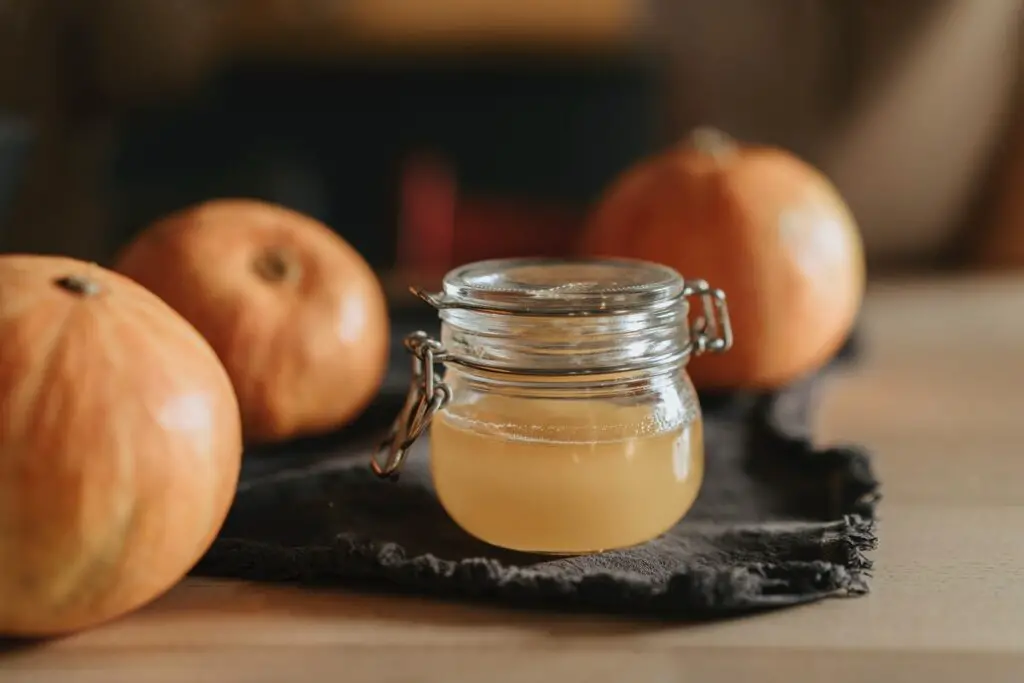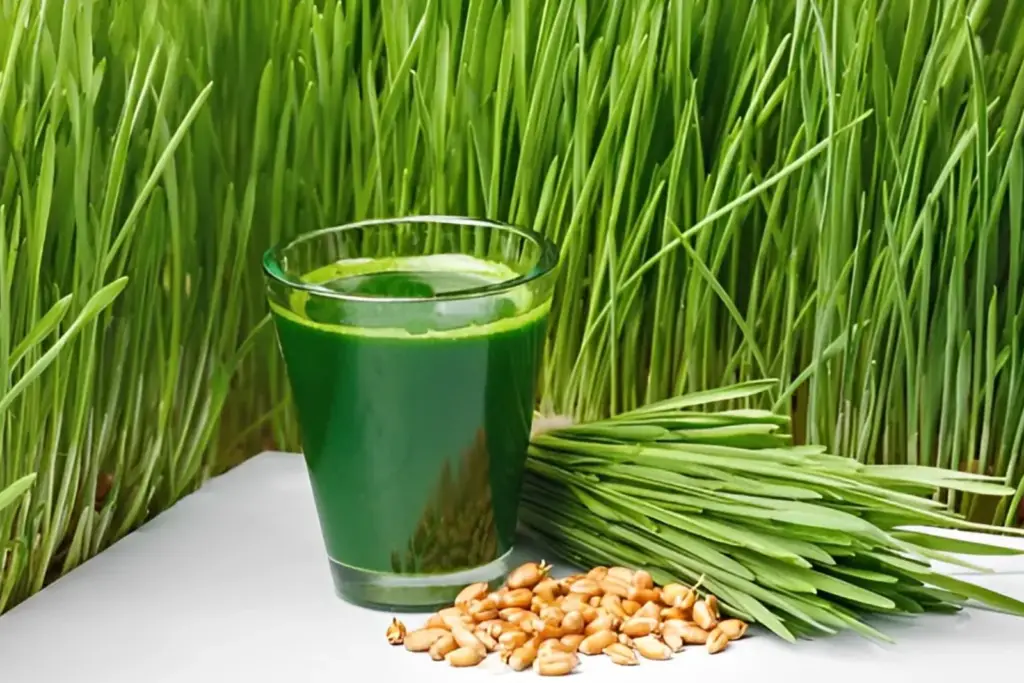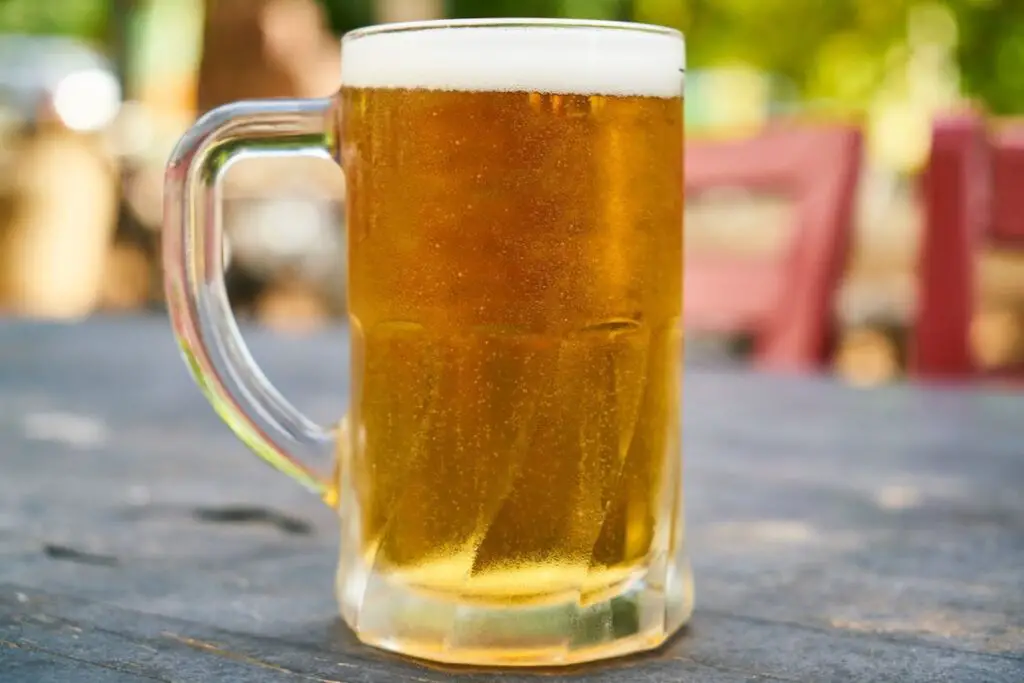
Apple juice is a refreshing and nutritious beverage enjoyed by many. Whether you have freshly squeezed juice, high-quality store-bought options, or even homemade concoctions, freezing apple juice can be a practical way to extend its shelf life and ensure you always have a chilled glass on hand. In this guide, we will walk you through the process of freezing apple juice, from selecting the right juice to preparing freezer-safe containers and taking the necessary steps to maintain its flavor and quality. So, let’s delve into the world of freezing apple juice and unlock the convenience of having this delightful drink available whenever you desire.
Here are the simple steps to freeze apple juice :
Step 1: Choose Fresh Apple Juice
The first step in freezing apple juice is to choose fresh juice. Whether you opt for freshly squeezed juice or store-bought varieties, it is crucial to select high-quality apple juice to achieve the best results. Check the expiration date on the packaging to ensure that the juice is still within its freshness period.
When choosing apple juice, it is advisable to select options that are free from additives or preservatives. These additives can alter the taste and texture of the juice during freezing and thawing. Additionally, they may affect the overall quality and shelf life of the frozen juice. Organic apple juice can be a preferred choice for those seeking a more natural and pure product.
In the case of homemade apple juice, it is important to allow it to cool completely before proceeding to the next step. This cooling process prevents any potential bacterial growth and ensures that the juice retains its quality during freezing. If the homemade juice is still warm when frozen, it may lead to a loss of flavor and texture.
By starting with fresh apple juice and considering its quality, you set the foundation for a successful freezing process. This step is crucial in preserving the natural taste and characteristics of the juice, allowing you to enjoy its freshness even after it has been frozen.
Step 2: Prepare Freezer-Safe Containers
To properly store apple juice in the freezer, it is important to use appropriate freezer-safe containers. Here’s how to ensure you’re using the right containers and preparing them correctly:
- Opt for freezer-safe containers or bottles: When selecting containers for freezing apple juice, choose those specifically designed for freezer storage. Glass jars with airtight lids or BPA-free plastic containers are good options. These materials are durable and resistant to low temperatures, minimizing the risk of breakage or leakage in the freezer.
- Ensure cleanliness: Before using the containers, make sure they are clean and free from any residue. Even a small amount of residue can affect the taste and quality of the apple juice. Wash the containers with warm water and mild dish soap, rinse thoroughly, and allow them to dry completely before proceeding.
- Leave headspace: Leave some space at the top of each container to allow for expansion during freezing. As liquids freeze, they expand, and without enough headspace, the containers may burst or leak. Leaving about an inch of headspace is generally sufficient. This extra room accommodates the expansion without causing any damage to the container or compromising the quality of the apple juice.
By choosing freezer-safe containers, ensuring their cleanliness, and leaving adequate headspace, you create an optimal storage environment for freezing apple juice. This step helps maintain the integrity of the juice and prevents any potential issues during the freezing process.
Step 3: Fill the Containers
After preparing the freezer-safe containers, it’s time to fill them with apple juice. Here’s how to ensure you do it correctly:
- Pour the apple juice: Carefully pour the apple juice into the prepared containers, aiming to fill them as evenly as possible. Use a funnel if needed to minimize spills and ensure accuracy. It’s important to leave about an inch of headspace at the top of each container. This empty space is necessary to allow for expansion as the juice freezes.
- Accommodate expansion: When liquids freeze, they expand in volume. If the containers are completely filled, the expanding juice may cause them to burst or leak. By leaving sufficient headspace, you create room for the juice to expand without causing any damage to the containers or compromising the seal.
- Avoid overfilling: It’s crucial not to overfill the containers. Overfilling increases the risk of leakage or breakage during the freezing process. It’s better to slightly underfill the containers, ensuring that the juice doesn’t reach the top. This precautionary measure will prevent any potential issues and help maintain the integrity of the frozen apple juice.
By pouring the apple juice into the containers while leaving adequate headspace, you create the necessary room for expansion during freezing. This step ensures that the containers remain intact and the apple juice maintains its quality throughout the freezing process.
Step 4: Label and Date
Properly labeling the containers of frozen apple juice is an essential step to maintaining organization and keeping track of the freezing date. Here’s why it’s important and how to do it effectively:
- Label with the date of freezing: Use a waterproof marker to label each container with the date of freezing. This allows you to easily determine how long the apple juice has been frozen and prioritize consumption based on freshness. It’s helpful to write the day, month, and year on the label for clarity.
- Include additional details if desired: You may choose to include additional information on the labels, such as the type of apple juice or any specific notes that would be useful for future reference. For example, if you have different varieties of apple juice, labeling them accordingly can help you differentiate between them. Any special instructions or observations can also be noted on the label.
- Maintain proper rotation: By labeling and dating the containers, you ensure that you consume the oldest apple juice first. This practice helps avoid wastage and ensures that the frozen juice is consumed within a reasonable timeframe while it remains at its best quality.
By labeling each container with the date of freezing and any additional relevant details, you establish a system to keep track of your frozen apple juice inventory. This step promotes proper rotation and ensures that you can enjoy the juice while it’s still fresh and flavorful.
Step 5: Secure Airtight Lids
After filling the containers with apple juice and labeling them, it’s important to ensure that the lids are tightly sealed. Here’s why this step is crucial and how to secure airtight lids effectively:
- Prevent air exposure and freezer burn: Air exposure can lead to the deterioration of the flavor, color, and overall quality of the apple juice. It can also contribute to freezer burn, which results in the formation of ice crystals and can negatively affect the taste and texture of the juice. Securing airtight lids creates a barrier that helps prevent air from entering the containers, maintaining the freshness of the juice.
- Maintain flavor, color, and quality: Airtight lids play a vital role in preserving the flavor, color, and overall quality of the apple juice. They help prevent oxidation and keep the juice from absorbing unwanted odors or flavors from the surrounding environment. By maintaining a proper seal, you ensure that the apple juice remains as close to its original state as possible.
- Avoid leaks and mess in the freezer: It’s important to make sure that the lids are properly closed to prevent any leaks that could create a mess in the freezer. Leakage not only leads to a loss of apple juice but can also cause cross-contamination with other items in the freezer. Double-check that the lids are tightly secured to prevent any potential issues.
By securing airtight lids on the containers of apple juice, you create a protective seal that prevents air exposure, maintains flavor and quality, and avoids leaks or messes in the freezer.
Step 6: Place in the Freezer
Once you have filled and sealed the containers of apple juice, it’s time to carefully place them in the freezer. Here’s the way you arrange the containers is important and how to do it effectively:
- Arrange in a single layer: It’s best to arrange the containers in a single layer, ensuring that each container has enough space around it. This allows for efficiency and even freezing. Placing them too close together may hinder proper airflow, which can result in uneven freezing and potentially affect the quality of the frozen apple juice.
- Provide adequate space: Make sure to leave adequate space between the containers to allow cold air to circulate freely. This helps maintain a consistent temperature and promotes even freezing throughout. Sufficient space also prevents containers from sticking together, making it easier to retrieve individual containers when needed.
- Avoid stacking until fully frozen: It’s important to avoid stacking the containers until they are fully frozen. Stacking them prematurely can lead to uneven freezing, with the bottom containers freezing more slowly or sticking together. By keeping them in a single layer until frozen, you ensure that each container has an equal opportunity to freeze uniformly.
By carefully placing the filled and sealed containers in the freezer, arranging them in a single layer with adequate space, and avoiding stacking until fully frozen, you promote efficiency and even freezing. This step is crucial in maintaining the quality and consistency of the frozen apple juice, making it easier to handle and retrieve when needed.
Other related questions
How do you defrost apple juice?
To defrost apple juice, transfer a container from the freezer to the refrigerator and let it thaw gradually overnight. Avoid using heat sources or room temperature to defrost the juice, as this can affect its taste and quality. Once thawed, give the juice a gentle shake or stir before consuming.
How long can apple juice last in the freezer?
Apple juice can last in the freezer for approximately 8 to 12 months. When stored properly at 0°F (-18°C) or below, the frozen apple juice can maintain its quality and remain safe to consume within this timeframe. However, for the best flavor and freshness, it is recommended to consume the apple juice within the first 6 months of freezing.
Can you refreeze apple juice?
Refreezing apple juice is generally not recommended. Once apple juice has been thawed, it is best to consume it within a short period, typically within 24 to 48 hours, to ensure its quality and safety. Refreezing the juice can lead to changes in taste, texture, and potential degradation of its nutritional value. It is advisable to portion out the apple juice into smaller servings to avoid the need for refreezing and minimize waste.
How do I know if the apple juice has gone bad after being frozen?
To determine if frozen apple juice has gone bad, start by examining its appearance and smell. If the juice has developed an off-color, has a strange odor, or shows signs of mold growth, it may indicate spoilage. Additionally, taste a small amount of the thawed apple juice; if it tastes off or has a sour or fermented flavor, it is likely no longer suitable for consumption. When in doubt, it is safer to discard the apple juice to avoid any potential risks to your health.
How can I prevent freezer burn when freezing apple juice?
To prevent freezer burn when freezing apple juice, it is crucial to minimize air exposure. Ensure the containers are tightly sealed, leaving sufficient headspace for expansion. Consider using vacuum-sealed bags or removing excess air from the containers before sealing. Additionally, storing the apple juice in the coldest part of the freezer and avoiding frequent temperature fluctuations can help maintain its quality and prevent freezer burn.
Are there any special considerations for freezing carbonated apple juice?
When freezing carbonated apple juice, there are a few special considerations to keep in mind. Carbonation can cause the juice to expand during freezing, potentially leading to container breakage or leaks. It is recommended to release some of the carbonation by gently opening and resealing the container before freezing. Additionally, it’s important to choose freezer-safe containers that can withstand the pressure from carbonation.








